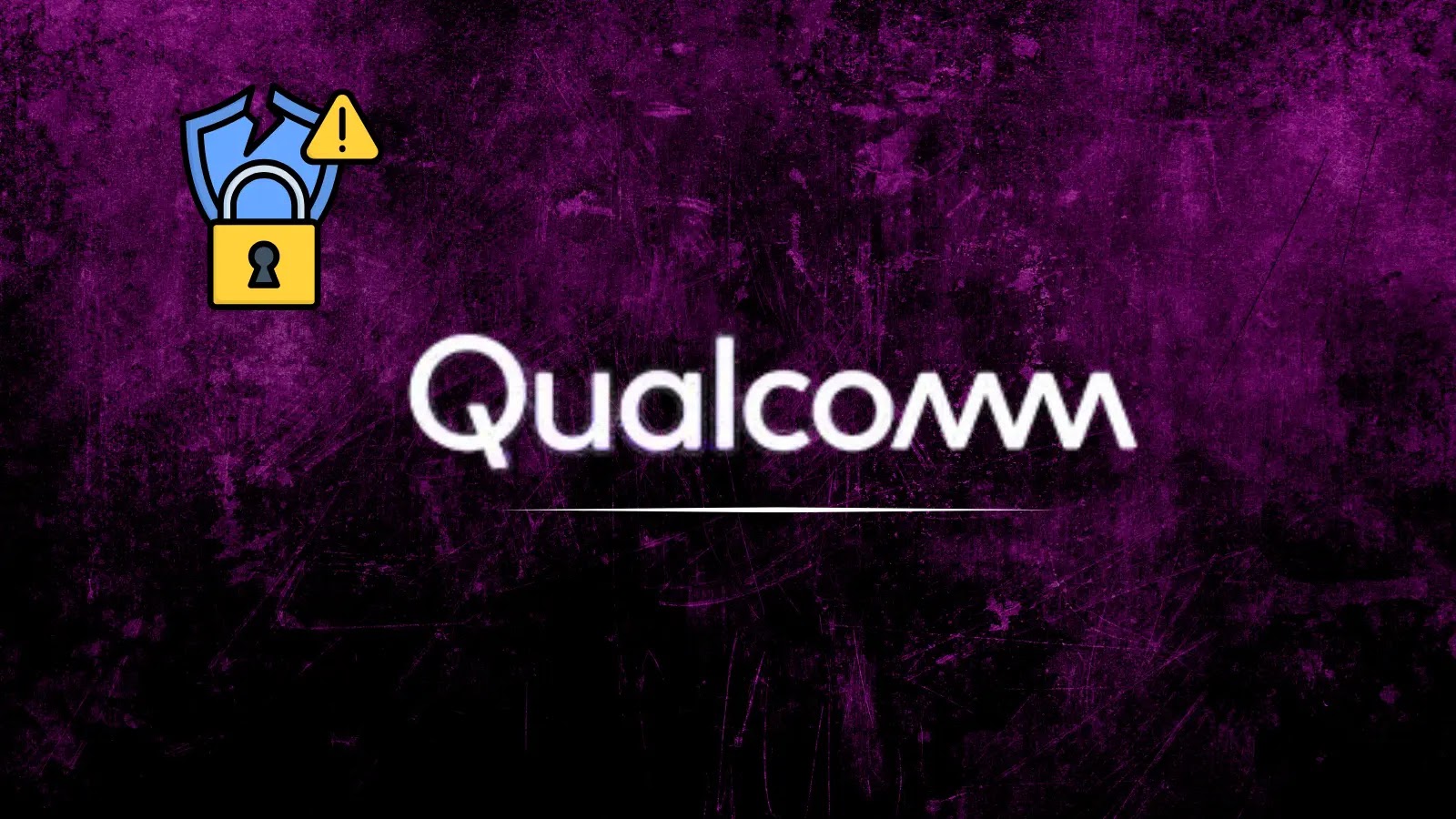
Critical Qualcomm Vulnerabilities Allow Attackers to Execute Arbitrary Code Remotely
The intricate web of modern technology, while offering unparalleled convenience, often harbors hidden dangers. A recent disclosure has sent ripples through the cybersecurity community: critical vulnerabilities identified within Qualcomm Technologies’ proprietary hardware and software. These aren’t minor glitches; they are severe remote code execution (RCE) flaws that could allow attackers to gain complete control over affected devices from anywhere in the world. As cybersecurity professionals, understanding the profound implications of these vulnerabilities is paramount for protecting our digital ecosystems.
Understanding the Critical Qualcomm Vulnerabilities
At the heart of the latest security alert are two specific vulnerabilities: CVE-2025-21483 and CVE-2025-27034. Both carry an alarming CVSS score of 9.8, signifying their critical severity and the ease with which they can be exploited. These flaws are rooted in buffer-corruption weaknesses within Qualcomm’s proprietary Data Network Stack and Multi-Mode Call Processor.
The consequences of successful exploitation are dire. Attackers leveraging these vulnerabilities can achieve arbitrary code execution, effectively granting them unauthorized remote access and control over devices utilizing affected Qualcomm chipsets. This level of compromise allows for a wide range of malicious activities, from data exfiltration and surveillance to bricking devices or integrating them into botnets.
Technical Deep Dive: The Impact of RCE
Remote Code Execution (RCE) is one of the most feared classes of vulnerabilities in the cybersecurity landscape. It represents a complete bypass of typical security measures, allowing an attacker to run their own malicious code on a vulnerable system without direct physical access. In the context of Qualcomm’s hardware, this means:
- Data Exfiltration: Sensitive personal and corporate data stored on the device can be stolen.
- Device Manipulation: The attacker can install malware, alter settings, or completely disable the device.
- Network Pivoting: A compromised device can serve as a beachhead for further attacks into internal networks it’s connected to.
- Denial of Service: Attackers could intentionally crash or incapacitate devices, leading to significant disruption.
The ubiquity of Qualcomm chipsets across a vast array of devices – from smartphones and IoT devices to automotive systems – amplifies the potential fallout. A threat of this magnitude necessitates immediate and decisive action from manufacturers and end-users alike.
Affected Systems and Broader Implications
While specific affected chipsets are typically detailed in official advisories, the reference indicates that the Snapdragon 8 Gen […] series is among those impacted. Given Qualcomm’s dominant market position, the reach of these vulnerabilities extends to a massive installed base of devices globally. This includes:
- High-end smartphones from various manufacturers.
- Tablets and portable computing devices.
- Certain IoT (Internet of Things) devices.
- Potentially, other embedded systems relying on these chipsets for connectivity and processing.
The scope of these vulnerabilities underscores the critical need for a robust supply chain security strategy, as even foundational hardware components can introduce significant risk.
Remediation Actions: Protecting Your Devices
Mitigating the risks posed by these critical Qualcomm vulnerabilities requires a multi-pronged approach, focusing on prompt action and continuous vigilance:
- Apply Vendor Patches Immediately: Monitor official announcements from your device manufacturer (OEM) for firmware updates. These updates will contain the necessary patches to address CVE-2025-21483 and CVE-2025-27034. Prioritize installing these updates as soon as they become available.
- Enable Automatic Updates: Wherever possible, configure devices to automatically download and install system updates to ensure timely protection.
- Regular Security Audits: For organizations, regularly audit mobile device fleets and IoT deployments to identify vulnerable devices and confirm patch status.
- Network Segmentation: Implement network segmentation to isolate critical systems and sensitive data from potentially compromised devices. This can limit the lateral movement of an attacker.
- Monitor Network Traffic: Employ intrusion detection/prevention systems (IDS/IPS) to monitor for anomalous network traffic patterns that might indicate an attempted exploit.
- Educate Users: While these are remote vulnerabilities, user awareness of phishing attacks and malicious links remains critical, as social engineering can often be a precursor to sophisticated exploits.
Tools for Detection and Mitigation
While direct patching is the primary remediation, organizations can leverage various tools to enhance their security posture against such vulnerabilities:
| Tool Name | Purpose | Link |
|---|---|---|
| Qualcomm Security Advisories | Official source for vulnerability details and patch availability. | Qualcomm Product Security |
| Mobile Device Management (MDM) Solutions | Centrally manage, monitor, and push updates to mobile devices. | (Varies by vendor, e.g., Microsoft Intune, VMware Workspace ONE) |
| Network Intrusion Detection/Prevention Systems (IDS/IPS) | Detect and block suspicious network activities indicative of exploits. | (Varies by vendor, e.g., Snort, Suricata, commonly integrated into firewalls) |
| Vulnerability Scanners | Identify unpatched systems and known vulnerabilities in network devices. | (Varies by vendor, e.g., Nessus, OpenVAS) |
| Enterprise Vulnerability Management Platforms | Comprehensive platform for tracking, prioritizing, and managing vulnerability remediation. | (Varies by vendor, e.g., Tenable.io, Qualys) |
Conclusion: Prioritizing Proactive Security
The disclosure of critical Qualcomm vulnerabilities underscores a fundamental truth in cybersecurity: no system is entirely impervious to attack, and vigilance is a continuous effort. The severity of CVE-2025-21483 and CVE-2025-27034, with their high CVSS scores and potential for remote code execution, demands immediate attention. Organizations and individual users must prioritize the rapid application of vendor-supplied patches. Beyond patching, a strategic approach embracing robust security practices, including network segmentation, continuous monitoring, and employee education, is essential for building resilience against sophisticated threats. Staying informed and acting decisively is the best defense in an ever-evolving threat landscape.





